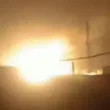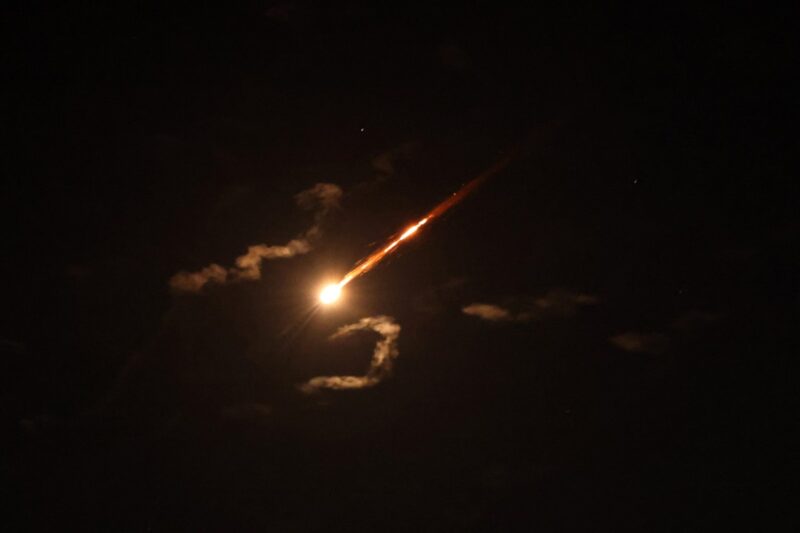A preliminary review by the United States Department of Defense says recent US airstrikes on Iran’s nuclear facilities did not destroy the country’s nuclear program. Instead, the attacks only set Iran back by a few months, according to findings reported by CBS News.
The strikes, aimed at three major Iranian nuclear locations — Fordo, Natanz, and Isfahan — involved powerful “bunker buster” bombs meant to reach deep underground. But officials say most of the damage happened on the surface.
While some entrances were sealed and a few buildings were hit, the underground parts of these sites — where Iran’s uranium enrichment machines are located — were mostly left unharmed.
CBS News reported that Iran’s enriched uranium stockpile remains safe, and most of the centrifuges used to process it are still working. The report raised questions about whether the mission met its main goal: stopping Iran from continuing its nuclear efforts.
The White House quickly dismissed the report, saying it came from what it called a “low-level loser in the intelligence community.”
President Donald Trump said the report was false and that the strikes had “completely destroyed” Iran’s nuclear program. He claimed the media was trying to downplay what he called “one of the most successful military strikes in history.”
Defense Secretary Pete Hegseth backed Trump’s comments. “Based on everything we have seen — and I’ve seen it all — our bombing campaign obliterated Iran’s ability to create nuclear weapons,” he said. “Anyone who says the bombs were not devastating is just trying to undermine the President and the successful mission.”
Still, some officials are not convinced. Congressman Brad Sherman noted there was little evidence to show that Iran’s uranium or the equipment needed to make it had actually been taken out.
He pointed to satellite images showing unusual activity at one site before the bombing. “When they say obliterate the programme, they’re not even saying whether it’s obliterated the centrifuges and the ability to create uranium in the future or whether it is obliterating the stockpile,” Sherman told the BBC.
Iran has also played down the effect of the airstrikes. A senior source from Iranian state media said the sites were evacuated before the bombing, and key materials were moved elsewhere. This, they said, prevented any serious loss.
Conflicting reports continue to appear. One Israeli official told Saudi outlet Al Hadath that much of Iran’s uranium was now buried under rubble. But so far, satellite photos do not confirm that claim, showing only surface damage like craters and burned areas near the Fordo site.
David Albright, who leads the Institute for Science and International Security, noted that the attack caused disruption but did not erase Iran’s ability to rebuild. He said the program could be restarted with time and resources. He also noted that Iran remains under close watch and could face more attacks if it restarts any nuclear operations.
Iran responded to the US attacks by firing missiles at the Al-Udeid Air Base in Qatar, where US forces are stationed. Most of the missiles were intercepted, and no one was hurt.
The United States and Israel continue to say the mission was a success. Israeli Prime Minister Benjamin Netanyahu said the operation removed two serious threats — Iran’s nuclear program and its missile systems.










